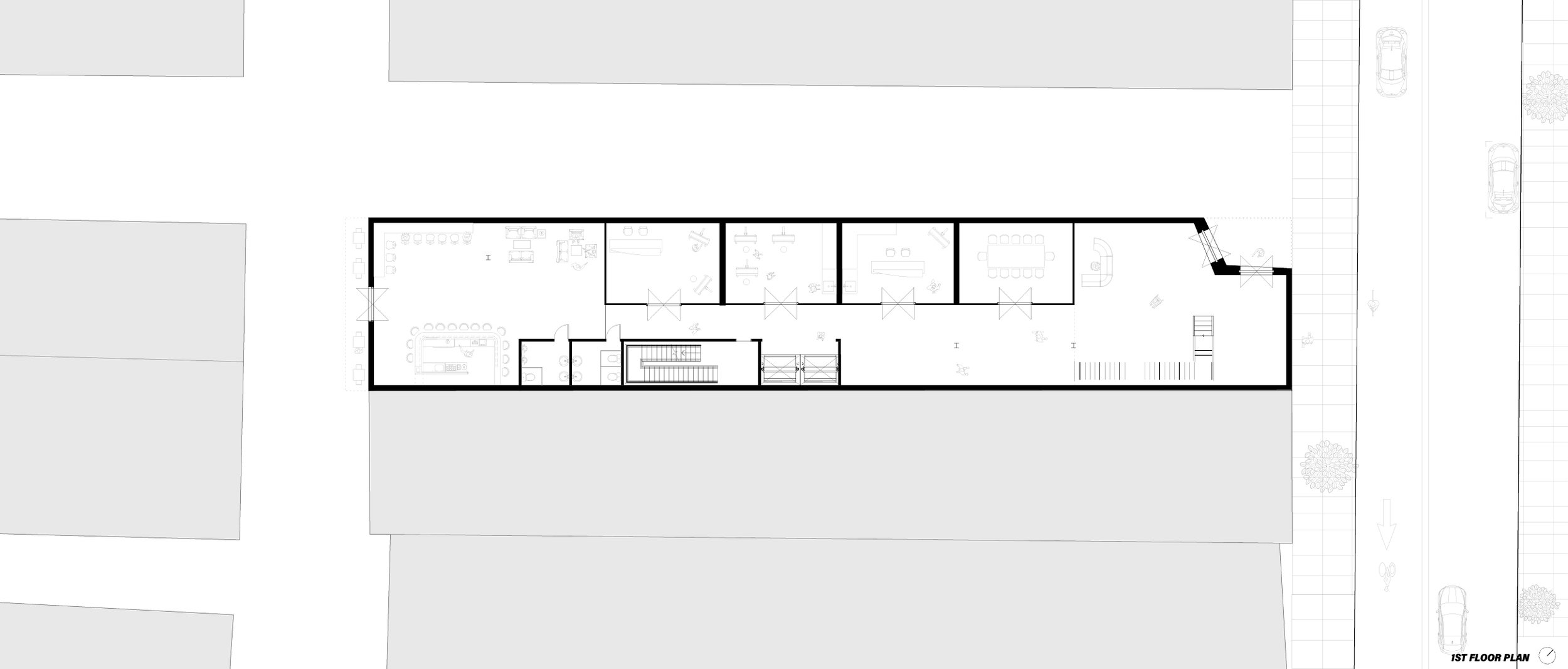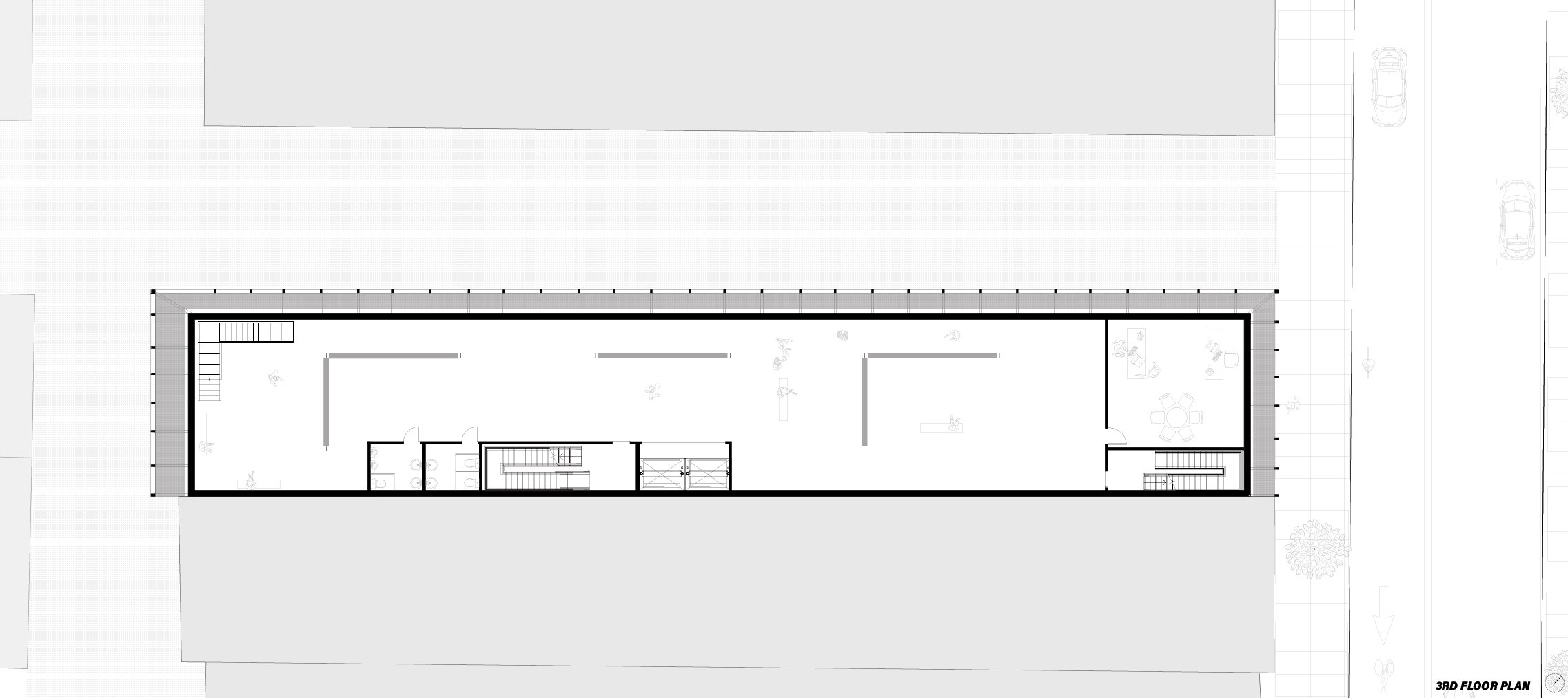urban art center nashville
A local Nashville artist spoke to the Tennessean. “This has been my biggest year as a muralist — and look at what year it is,” she said. “It’s a testament to how important public art is. People love it.” She said that things like murals can be a powerful reflection of the community around them.” The permanency shows commitment,” Radford said. “There’s commitment to community. There’s commitment to a neighborhood.” From the cave paintings at Lascaux Grottoes in France to the widely seen street murals of today, humans have been indicating their existence and impact of one’s place within the environmental context. Depictions of life, religion, nature, and animals give us a past that we begin to understand an empathize with. Historically, murals fluctuate between interior and exterior but exist within an architectural context. Their purpose immutable, as they represent society, stories, dreams, and change.
Journalist, Shauna Beni, writes on the political state of the United States inducing art. “Art has always been a tool used for expression, and for capturing important moments in history—and its role in the Black Lives Matter movement is no different. Since the death of George Floyd in May, graffiti artists, muralists, and communities around the world have used boarded-up stores, streets, and walls to create memorials showing unity for all the Black lives lost at the hands of the police.
Among the first street murals created was the yellow Black Lives Matter lettering near the White House (on 16th street) in Washington D.C., by the request of D.C. Mayor Muriel Bowser. ‘There are people who are craving to be heard and to be seen, and to have their humanity recognized, and we had the opportunity to send that message loud and clear on a very important street in our city,’ Bowser said at a press conference in June.
Since then, people across the world have created murals within their own communities, from one of Breonna Taylor painted by Matt Hunter in Oakland, California, to a multicolored letter painting of Black Lives Matter at Foley Square in New York City. Of course, all these works are much more than colors placed on a blank canvas: they are bringing together Black artists and communities to highlight that there cannot be any justice until everyone is treated equally.”
The Urban Arts Center is a proposal that stems from transparency of the creative process. Placing artists on a stage while dictating space for artwork, provides the public an in depth experience. The essential elements to the program are artist residency, studio space, and gallery space. Housing costs for artist residents will be subsidized by higher end housing open to public occupancy. The key issues the project addresses are 1) how art can be a reflection of the community through a historical archive, 2) establish the alleyway as pedestrian friendly public space, 3) integrate art into adjacent parking structure. Technology and development of public space are the key components for how the art center will engage the community. Inhabitants will have the freedom to explore and collaborate with art in multiple ways, leaving an impression on the community and redefining how Nashville identifies and interacts with art.













